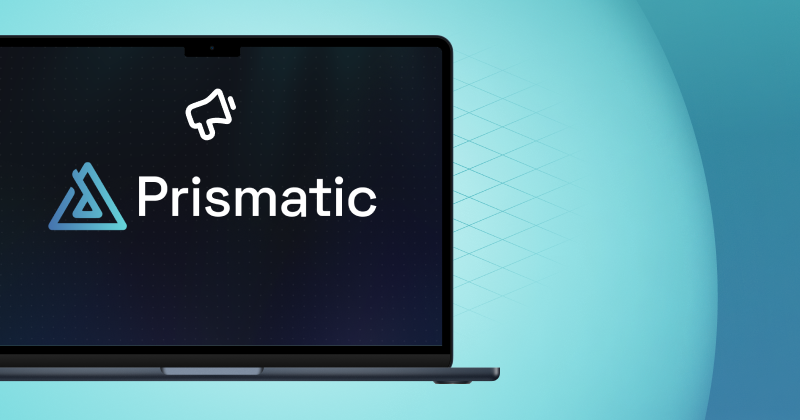As we approach the end of the quarter, we're excited to continue to share insights into enhancing your integrations. Check out our newest components, including Ramp and Microsoft Entra ID, and see how they can improve your integration processes and exceed customer expectations.
Additionally, we have an exciting lineup of events coming up, including SaaStock Dublin, a workshop and webinar with Product School, and more.
Let's dive in!
Spotlight
SaaStock Dublin
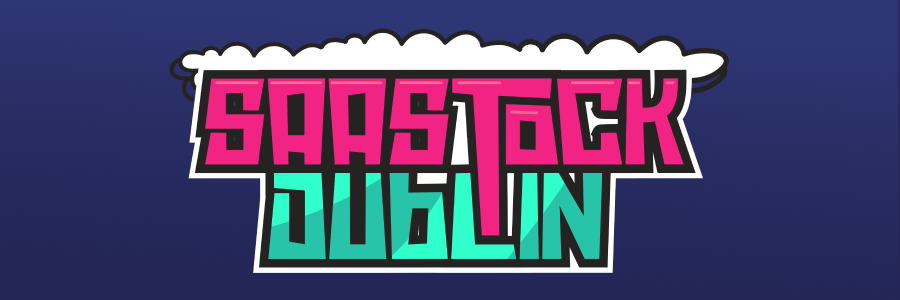
We're excited to be heading to SaaStock Dublin once again this October. Our team is ready to talk all things integrations with B2B SaaS leaders.
Stop by our booth and say hi! We have a limited number of complimentary tickets available to offer to our valued customers – just reach out to Libby Stengel at libby.stengel@prismatic.io.
Webinar: Making Integrations First-Class Product Features
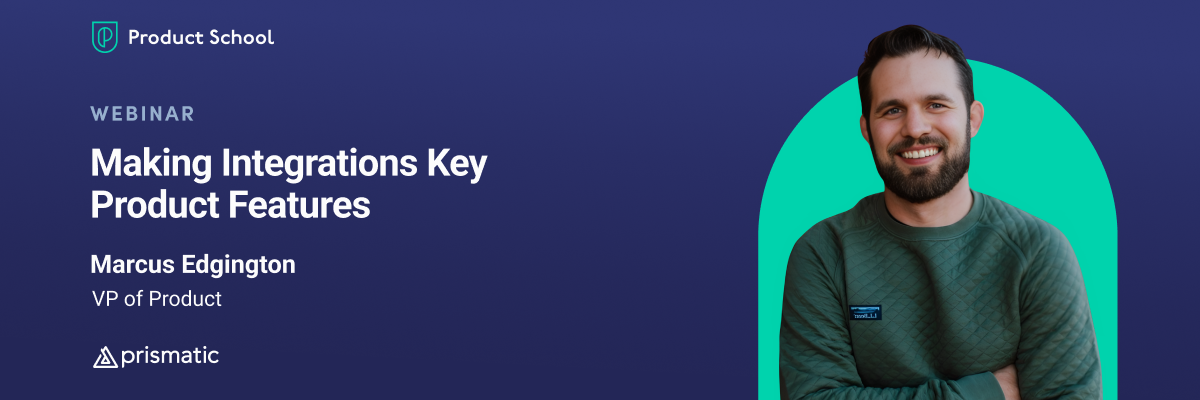
If you're a SaaS company, you need integrations for your customers. But how do you ensure they match the quality of your other product features?
Join our VP of Product, Marcus Edgington, together with Product School for a webinar on September 30th at 2:30 ET to learn how to:
- Take charge of the integration process
- Create integrations that scale
- Bring transparency to your Integrations
Integration resources
Best practices for streaming logs to external providers
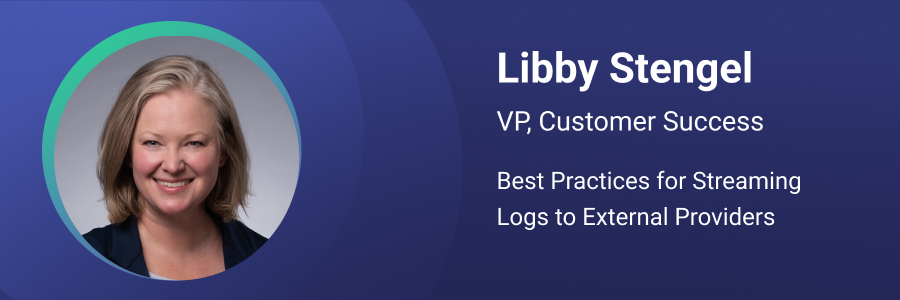
In July, we talked about the importance of alerting and monitoring when managing your integrations and deploying them to your customers. This month, we'd like to take a closer look at a related topic: log retention and streaming to external logging services.
For customers on our Scale and Enterprise plans, we offer the ability to stream Prismatic-generated logs to external logging services like DataDog, New Relic, or your own internal systems that accept POST requests with JSON payloads. Setup is straightforward, customizable, and highly recommended for teams that need historical logs outside of Prismatic's default 14-day retention window.
Sending your logs to external providers can offer several benefits:
- Enhanced monitoring and visualization tools: External providers offer advanced tools that can help you quickly gain deeper insights into your logs. This can include real-time dashboards, historical data analysis, and anomaly detection.
- Centralized log management: By streaming logs to an external provider, you can centralize logs from multiple sources. This simplifies log management, especially if you have multiple, interconnected services generating logs.
- Faster troubleshooting and debugging: External providers often have powerful search and filtering capabilities that can make it easier to troubleshoot and debug issues. You can quickly query logs, correlate events, and identify root causes.
- Enhanced security and compliance: Many external log management services offer security features like access control, user management and compliance with company or industry standards. These features can help ensure that your logs are securely stored and managed, even when moved and stored outside of Prismatic.
- Retention and archiving: External providers typically offer configurable log retention policies and archiving options. This ensures that logs are kept for as long as needed for compliance or analysis without using your storage resources.To get started leveraging this important feature, we've written step-by-step guides on steaming logs to DataDog, New Relic, and Google Cloud Logging. In addition to the written guides, we also have a short video tutorial for getting up and running with DataDog:

Workshop: A Framework for Well-Defined Integration Requirements
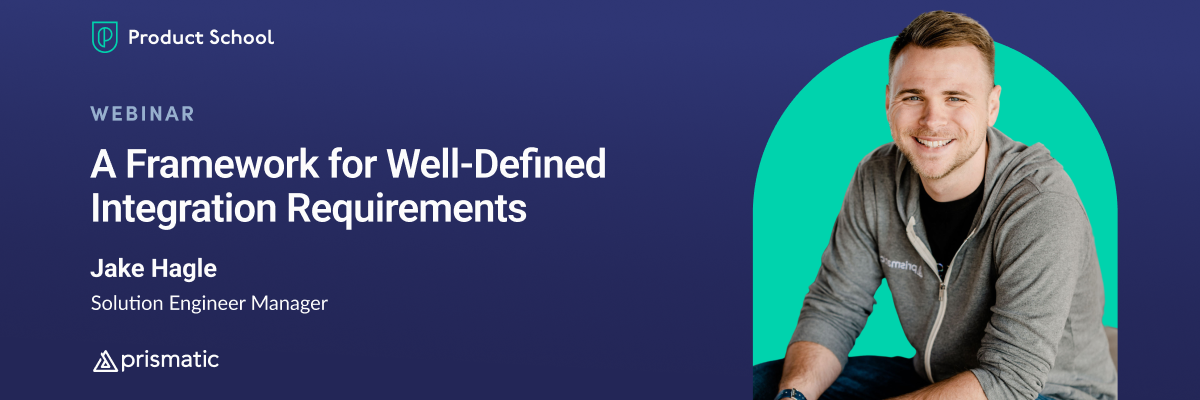
An often overlooked part of creating integrations is gathering requirements. But, how do you make sure you are asking (and answering) the right questions?
Join Prismatic's Jake Hagle, Solutions Engineering Manager, and Product School for an interactive session on how to gather integration requirements. Jake will cover:
- Best practices for gathering requirements
- Commonly overlooked requirements
- Ranking requirements by criticality
API vs Integration: What Is the Difference?

Confused about APIs and integrations? You're not alone. Discover the key differences and why both are essential for modern SaaS apps. Learn how they can prevent your apps from becoming data silos.
Building an Integration Isn't the Hard Part
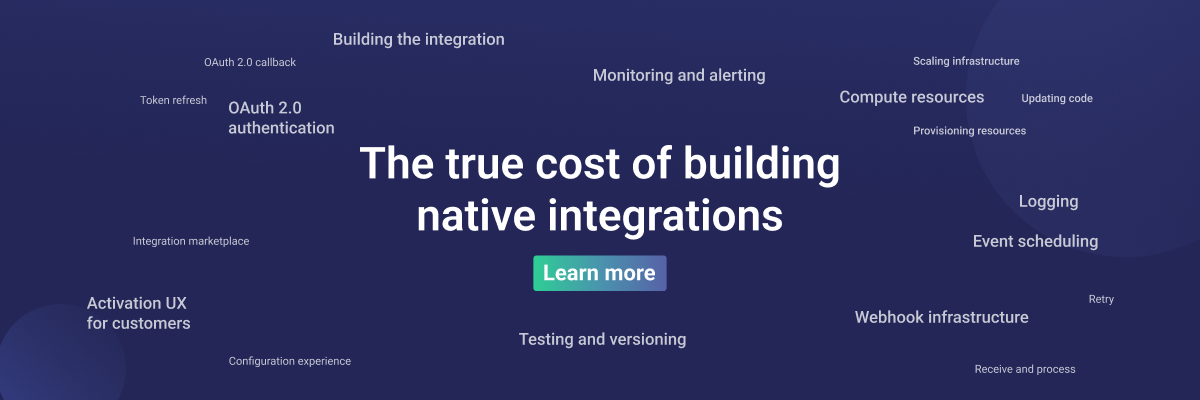
Many developers wonder if they should build integrations in-house. The short answer is yes, you can. But the long answer is much more nuanced.
Our blog post explores the pros and cons of building your own integrations versus using an embedded iPaaS. We break down the often overlooked aspects like infrastructure, scaling, and maintenance. Whether you're a developer or a product leader, this post offers valuable insights to help you make the right choice.
Product news
Connector updates
We are continuously adding to and updating our connector library. Check out the following connectors we've added recently:
New connectors
- Ramp – Manage transactions related to vendors, bills, reimbursements and more.
- Microsoft Entra ID – Manage your users, groups, and applications.
Want expert assistance on these new connectors or your next integration? Schedule a build session with the Prismatic team. We'd love to help!
What do you love about Prismatic?
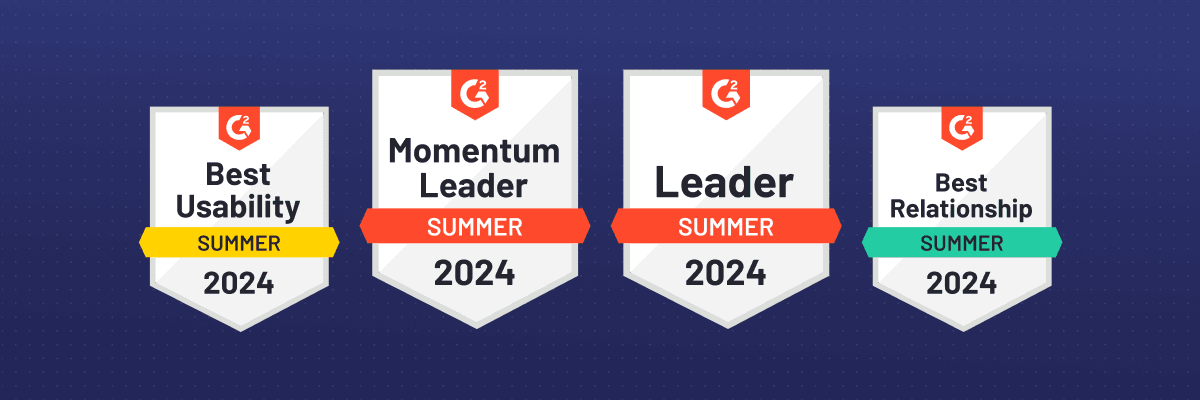
Your insights are valuable! Not only do we love to hear your feedback, but we know other SaaS companies do too.
Ready to share your insights? Just leave a review on G2. You can find directions here.
We appreciate your support!

